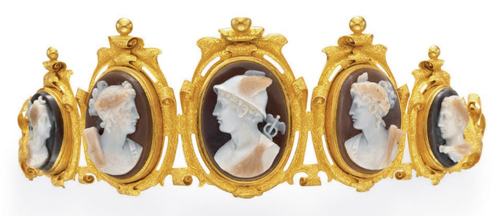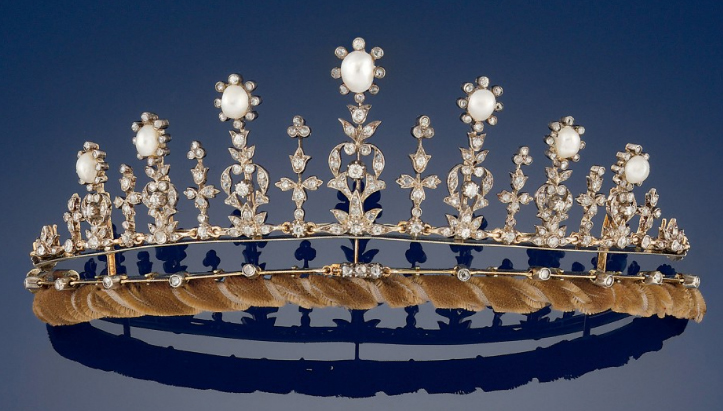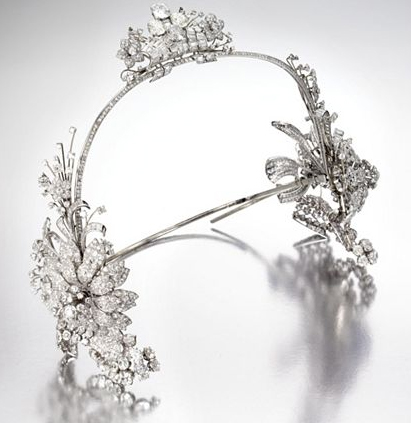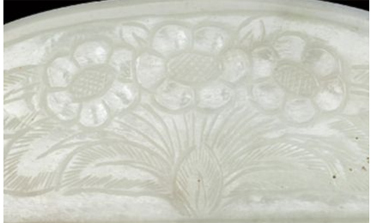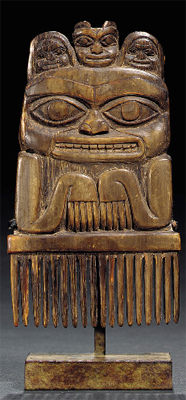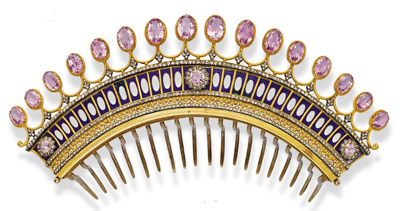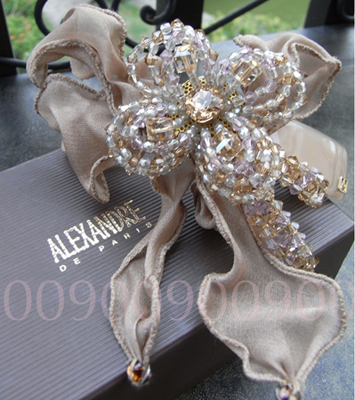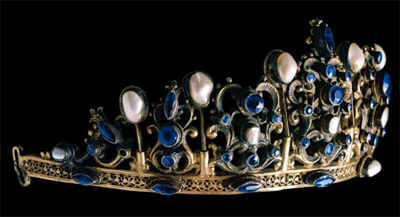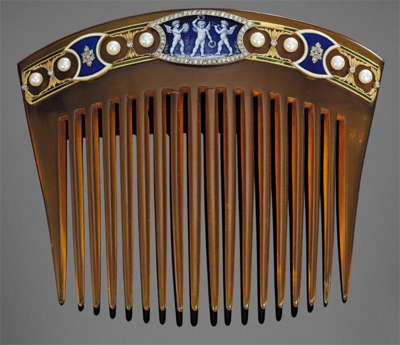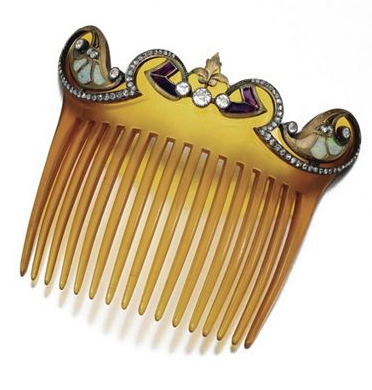Recently I bought this comb on ebay.

But what was it? I had a similar barrette from the English company who invented silver plate, but was this from the same company? Was it English? I set out on a research-finding tour. Surprise or surprises, the marks on the comb indicated that it was made in the Netherlands for export in 1925. The first picture tells us it’s Dutch. The second picture matches a Q to 1925.
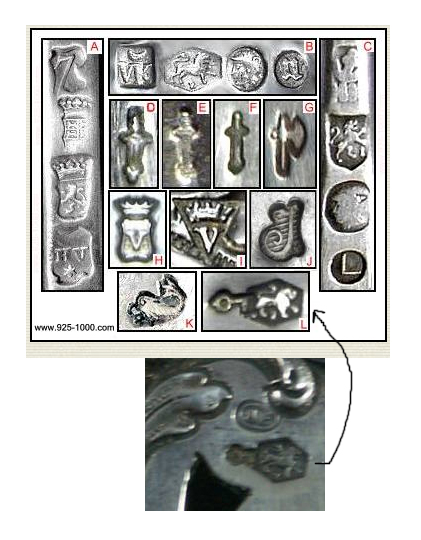
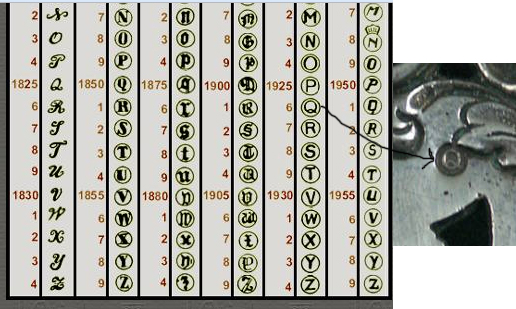
Isn’t research fun? :-)

